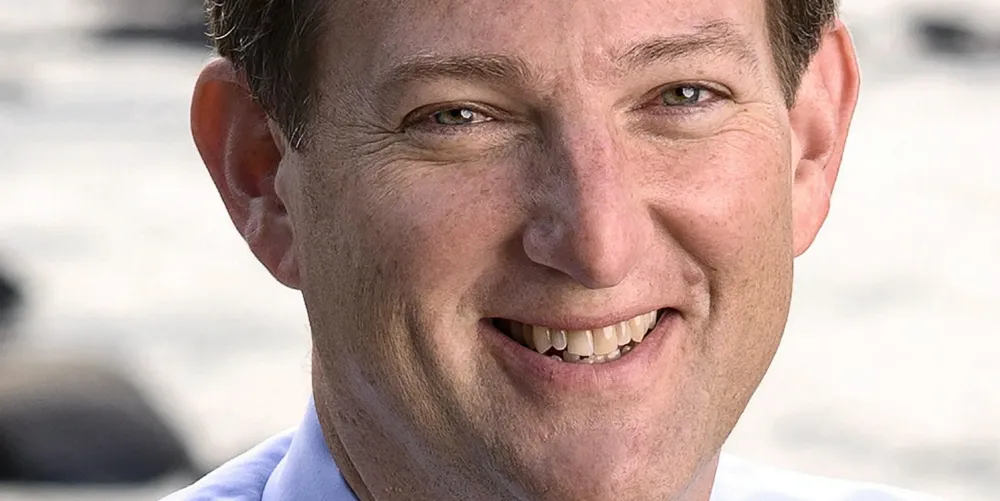Dominion to deliver what global giants can't – 'on time and on budget' US offshore wind
Utility confirms advanced talks for a stake in the 2.6GW, $10bn array with interest driven by its federal approval and priority in the supply chain

Utility Dominion Energy said that its nearly $10bn Coastal Virginia Offshore Wind (CVOW) – largest in the US – remains on track to deliver 2.6GW of clean energy by 2026 at promised costs despite the sector implosion in much of the nation.
“The project, which is fully regulated, is on time and on budget,” said Dominion Energy CEO Bob Blue in an earnings call Friday.
“Let me just repeat that: our project is progressing in alignment with our unchanged cost estimate and our unchanged in-service target date.”
The BP-Equinor JV was seeking hikes up to $190/MWh for its 1.2GW Beacon Wind array.
By contrast, Dominion confirmed that CVOW would come in with a levelised cost of energy (LCOE) of $77/MWh, less than previous estimates of $80-90/MWh and well below the state cap of $125/MWh.
CVOW’s rosy picture has made it attractive to investors after Dominion successfully lobbied the Virginia legislature to allow it to take on an equity financing partner.
Dominion is developing CVOW within Virginia’s tightly regulated power market as if it were a conventional energy project, subject to approval by state regulators and with guaranteed returns on investment.
The State Corporation Commission (SCC) approved the project last summer and must approve any equity sale.
“The process has driven considerable interest from attractive and high-quality potential counterparties,” Blue said, due to its priority position in the offshore wind supply chain, track record for on-time permitting, and bipartisan and public support.
Blue confirmed late-stage negotiations and said a final decision would be made later this year or early 2024, based on impact on credit metrics, shareholder value, performance, and reducing “the company's concentration in this one project”.
“Our objective is to get a true equity partner with pro rata sharing and project costs,” he confirmed.
Federal offshore energy regulator Bureau of Ocean Energy Management (BOEM) issued CVOW its record of decision 30 October, enabling the project to proceed to construction.
“We began construction mobilisation this week,” said Blue.
Dominion has a team of project managers and workers experienced in delivering largescale energy infrastructure and successfully deployed the 12MW CVOW-pilot array in 2020.
The pilot's 46% capacity factor with 97% availability contributed to lower than expected (LCOE).
German monopile maker EEW delivered the first shipment of monopile foundations to support 176 Siemens Gamesa 14.7MW turbines slated for the project.
Blue and the executive team “interact frequently including regular in person meetings with the CEOs and leadership teams of each of our primary vendors,” he said.
“Based on his ongoing monitoring and diligence, we fully expect that our vendors without exception will continue their support of the project’s timely completion,” by the end of 2026, he added.
Charybdis
A key vendor is Seatrium, formed from the merger of KeppelAmFELS with Sembcorp Marine, which is constructing Dominion’s and the US’ only wind turbine installation vessel (WTIV) at its Brownsville, Texas shipyard.
Blue said that this $75m increase was mostly due to rising interest rates rather than materials or labour and that no further delays or increases are expected.
“There's no change to the vessels expected availability to support the current CVOW construction schedule, including its availability to support any third party charter agreements in 2025,” Blue said.
Charybdis was expected to come online in 2024 for the installation of Orsted with partner Eversource’s 704MW Revolution Wind array, forcing the partners to seek alternative capacity.
Orsted CEO Mads Nipper cited lack of vessel availability as among myriad factors behind its decision to cancel the New Jersey projects.
(Copyright)